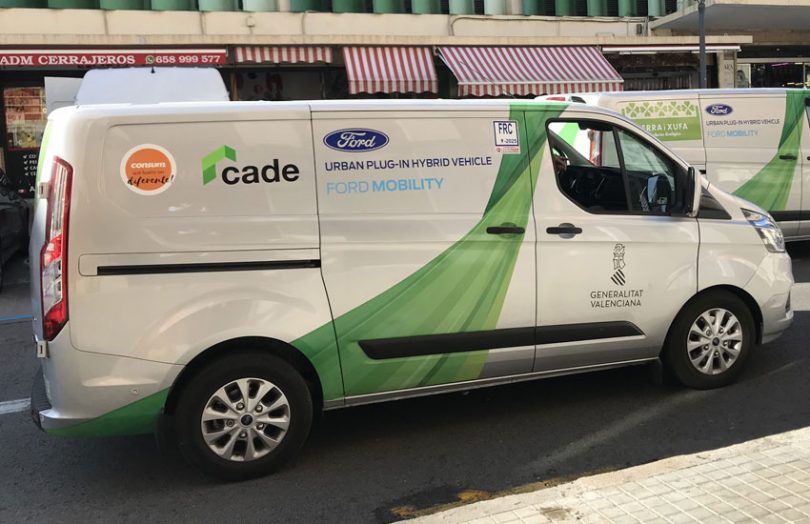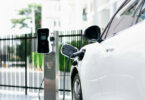Ford researchers explored how dynamic geofencing and blockchain can be implemented in plug-in hybrid-electric vehicles (PHEVs) to help improve air quality in cities. The study took over three years, with Ford Transit and Tourneo PHEV trials in London, Cologne, and Valencia.
The vehicles used in the study had a feature to switch to zero-emission driving based on air quality and geofences if there was sufficient charge in the battery. A hybrid-electric van with an electric refrigeration unit powered independently of the vehicle’s batteries was also used to collect data.
Geofencing is used to determine geographic urban areas and boundaries. It uses GPS and Radio Frequency Identification technology to set up a geofence trigger around the boundaries and issues an alert when a person or device enters the demarcated area. In regards to the study, geofences are applied in urban areas to determine low-emission zones to keep traffic and pollution down. Dynamic geofencing technology enables these boundaries to move around according to air quality data.
“With our latest studies in Cologne and Valencia, we’ve shown the additional sustainability and compliance benefits that connected technologies such as geofencing and blockchain can bring to cities, citizens and operators.” said Mark Harvey, Ford’s director of enterprise connectivity.
Ford’s geofencing technology on the Ford Transit Custom PHEV enables a vehicle to switch to zero-emission electric-drive mode whenever it enters a low emission zone without any intervention from the driver. During the study, trials in Cologne also recorded on blockchain whenever a vehicle entered or left a geofenced zone so that “green mile” accounts were safely stored and could be shared with relevant parties such as city authorities and fleet owners.
Ford’s dynamic geofencing pilots used air quality data from Climacell and the City of Cologne to adjust the geofence boundaries and trigger the zero-emission mode on vehicles accordingly.
Over 400,000 kilometers of data were collected during the study. Of the 218,300 kilometers analysed in Cologne and Valencia, 105,600 of them were driven on electric power. In Cologne alone, more than 70% of kilometers driven were on zero-emission mode.
In Valencia, a PHEV refrigerated van fitted with a Zanotti (transport refrigeration) invisible electrically powered chiller unit was also trialed. The solution cools the load compartment in 18 minutes and enables true zero-emission driving when the van is operating in electric mode without compromising the quality of products being transported. “Green miles” represented 82% of the vans’ total mileage, with the number rising to 90% in Valencia’s geofenced areas.
Transit PHEVs in Valencia also collected data for Valencia Smart City platform, which aims to understand how vehicle connectivity can help cities become more efficient and sustainable.
Meanwhile, Japan’s Mitsubishi Corporation and Nippon Telegraph and Telephone acquired 30% of Dutch firm HERE, which provides mapping and location data solutions in urban areas and use blockchain-enabled consent management. The data is also used for geofencing.







